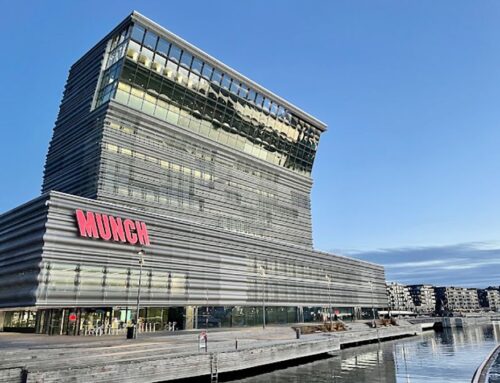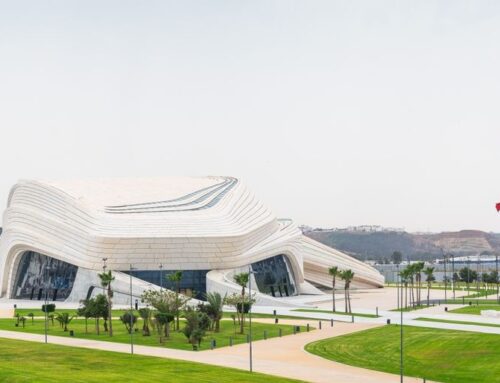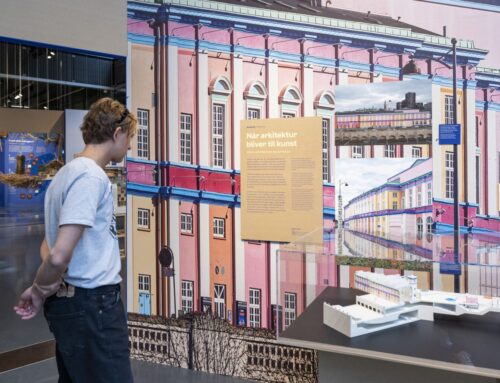The studio Vincent Callebaut Architectures has revealed the images of his project tribute to the Cathedral of Notre-Dame, after the fire that severely damaged this historic structure. The project is a transcendent proposal, a symbol of an ecological and resilient future, which is inspired both by biomimicry and by common ethics to seek a more just and symbiotic relationship between nature and human beings.
The project “palingenesia”, derived from the Greek word palin which means “rebirth” and “regeneration”, aims at a natural integration between the roof and the needle, as if it were a single stroke. The original geometry of the attic is 10 meters high, with inclined ceilings at 55 degrees that gradually extend to form the vertical needle, respecting the inherent principles of the structural loads of the building towards the cantilevered abutments and the fasciculated inner pillars, the four lines of the roof and the four axes of the nerves curve and unite in harmony in the direction of the sky, thus producing a parametric and luminance geometry.
Built with cross-laminated wooden beams, the oak frame of the project seeks to use the minimum amount of material to ensure a low carbon footprint and, at the same time, offer permeability and transparency towards the cathedral. The iconic rooster sculpture located and found among the rubble will be placed over the needle, crowning the project and symbolically transforming itself into a “spiritual lightning rod” and “protector of the faithful”.
The idea of turning Notre-Dame into a building of positive energy, seeking to produce more energy than the Cathedral itself will consume, is central in the Callebaut scheme. Through energetic solidarity with the body of the historical monument, the proposed new tridimensional and contemporary gothic stained graft will generate energy, heat and passive ventilation of the project.
The wooden frame will be covered with three-dimensional glass subdivided into diamond-shaped faceted elements. Composed of an active organic layer, this cocktail of carbon, hydrogen, nitrogen and oxygen will absorb the light and transform it into energy. This, stored inside hydrogen fuel cells, will be redistributed directly through the cathedral.
The cover that forms the needle, in the attic of the cathedral, will also provide a space for thermal damping. This will accumulate warm air in winter, optimizing the thermal insulation of the cathedral, and provide fresh air through the evapotranspiration of the sheltered plants, promoting ventilation in summer. Thus, the cathedral would become an exemplary structure of ecological engineering and the Church a true pioneer in environmental resilience.
In its heart, the project has a garden dedicated to contemplation and meditation. Beyond aesthetics, the garden was thought to be cultivated by volunteers and charities. The techniques of aquaponics and permaculture will be used, which allow producing up to 25 kg of fruit and vegetables per square meter per year. Therefore, up to 21 tons of fruits and vegetables could be harvested and redistributed directly free of charge each year. To that end, it is proposed to hold weekly a farmers market in the courtyard of Notre-Dame.
This urban farm will be arranged on the Latin cross plan of the roof and placed in pots, which are essentially strategically located to redraw the layout of the six-parted vaults of the Cathedral on the ground. This geometric garden “à la française” is based on a structure of two strata with light soil to grow their fruits and vegetables along the nave, from East to West, from the two towers to the apse. On the North-South axis, the transept roofs will house aquaponic basins that will feed the plants with natural fertilizers for fish. In addition, these water mirrors will expand the perception of the place, reflecting the rosettes of the north and south gables.
Source: Plataforma Arquitectura








Leave A Comment